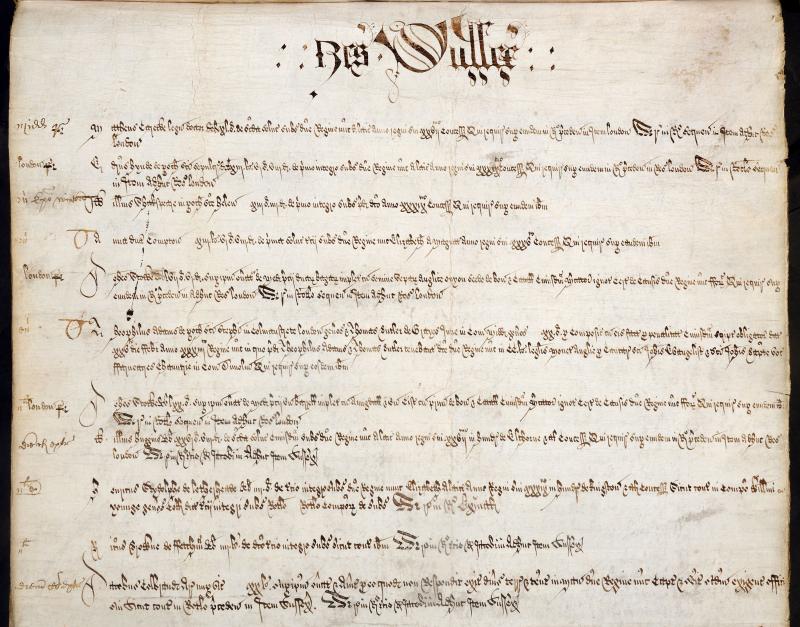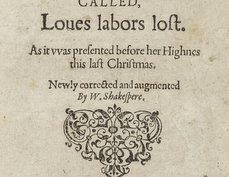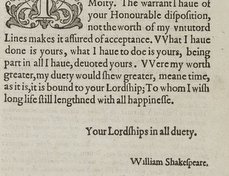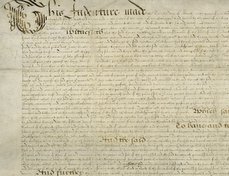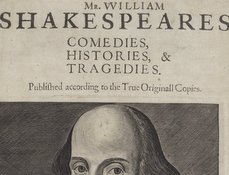Images reproduced by permission of The National Archives, London, England.
Terms of use
The National Archives give no warranty as to the accuracy, completeness or fitness for the purpose of the information provided.
Images may be used only for purposes of research, private study or education. Applications for any other use should be made to The National Archives Image Library, Kew, Richmond, Surrey TW9 4DU, Tel: 020 8392 5225 Fax: 020 8392 5266.
Document-specific information
Date: October 6, 1600
Repository: The National Archives, Kew, UK
Call number and opening: E 372/445, membr. 'Res. Sussex'
View online bibliographic record
Alan H. Nelson, "Exchequer, Lord Treasurer’s Remembrancer, Pipe Rolls, naming William Shakespeare as a tax defaulter in 1600," Shakespeare Documented, https://doi.org/10.37078/546.
The National Archives, E 372/445, membrane 'Res. Sussex'. See Shakespeare Documented, https://doi.org/10.37078/546.
Lay subsidies were a type of tax based on personal wealth. In London, the collection of subsidies was managed at the local level of ward and parish. For a full explanation, and references to associated documents, see “William Shakespeare as taxpayer and tax defaulter.”
William Shakespeare is one of hundreds of defaulters listed in Remembrancer Rolls for 1598, 1599, and 1600 (shown here), legal instruments dedicated to the recovery of crown debts. The relevant entry confirms Shakespeare’s former connection to the parish of St. Helen’s Bishopsgate, and, judging from the tax of 13s 4d, relates to the collection of 1598 :
Shakespeare’s debt is here recorded for a final time in the “Residuum Surr’” accounts for October 6, 1600:
Willelmus Shakspeare in parochia sancte Helene xiijs iiijd de primo integro subsidio predicto Anno xxxixno concesso Qui requiritur super eundem ibidem.
A marginal note, “London R’: domini Episcopo Wintonensi,” indicates that William Shakespeare was thought to have been under the jurisdiction of the Bishop of Winchester, whose diocese included the liberty of the Clink, Bankside, by this date the site of the Globe playhouse.
As no subsequent record of Shakespeare’s default of 13s 4d has been found, the default may have been discharged.
Written by Alan H. Nelson
Sources
B. Rowland Lewis, Shakespeare Documents, (Stanford University, California: Stanford University Press, 1940), 1: 262-71.
Samuel Schoenbaum, William Shakespeare: A Documentary Life (New York: Oxford University Press, 1975), 161-4.
David Thomas, Shakespeare in the Public Records, (London: H.M.S.O., 1985), 6-8.
M. Jurkowski, C.L. Smith, and D. Crook, Lay Taxes in England and Wales 1188-1688 (Richmond Surrey: PRO Publications), 1998.
Last updated February 1, 2020

